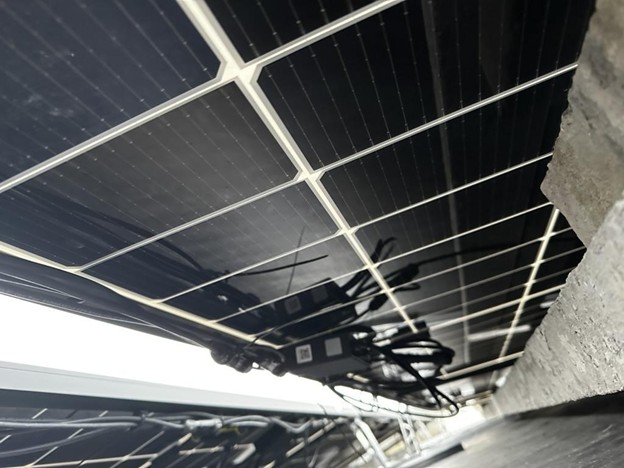In the ever-evolving landscape of renewable energy, solar power stands out as a frontrunner in the race toward sustainability. As the demand for solar installations grows, so does the importance of optimising these systems for both commercial and residential settings.
This blog explores the key reasons why optimisation is a game-changer, delving into the unique benefits it brings to each sector.
- Efficiency Maximisation: Optimisation plays a pivotal role in maximising the efficiency of solar installations. In a commercial setting, where larger arrays are common, a single poorly performing panel can significantly impact the entire system's output. By incorporating optimisation technology, each solar panel operates at its peak, ensuring that the entire system reaches its maximum potential. This not only translates to increased energy production but also enhances the return on investment for businesses relying on solar power. In residential installations, where space is often limited, optimisation becomes equally critical. Residential roofs may have shading issues due to nearby structures or foliage. Optimisers help mitigate these challenges, ensuring that even in less-than-ideal conditions, each panel contributes optimally to the household's energy needs.
- Panel-Level Monitoring: Commercial enterprises heavily rely on the continuous and efficient operation of their solar systems. Panel-level monitoring, facilitated by optimisation technology, allows businesses to track the performance of each solar panel individually. This level of granularity is invaluable for identifying and addressing issues promptly, minimising downtime, and maximising energy production. For residential users, panel-level monitoring provides transparency into the performance of their solar investment. Homeowners can easily track energy production, identify potential issues, and ensure their system operates at peak efficiency over its lifespan.
- Safety Assurance: In commercial installations, safety is paramount. The scale of these systems amplifies the risks associated with traditional solar setups. Archai's optimisers, with their rapid shutdown function, ensure a swift and secure response in emergency situations, safeguarding both personnel and property. This aligns with industry standards and enhances the overall safety profile of commercial solar installations. Similarly, in residential settings, the safety features of optimisation technology add an extra layer of protection. Whether for routine maintenance or unexpected incidents, the ability to shut down at the panel level ensures a safer working environment for technicians and homeowners alike.
- Cost Savings and Longevity: Cost considerations are a primary concern for both commercial enterprises and residential homeowners. Optimised solar systems not only generate more energy but also operate more efficiently, resulting in long-term cost savings. For businesses, the reduced energy costs directly impact the bottom line, contributing to greater financial sustainability. In the residential sector, optimising a solar system means that homeowners can harness more energy from their rooftop panels, potentially reducing reliance on the grid. This not only leads to immediate savings but also positions homeowners to take full advantage of incentives and rebates offered for energy-efficient installations.
- Adaptability and Future-Proofing: The solar industry is dynamic, with technological advancements occurring regularly. Optimised systems offer a level of adaptability and future-proofing that traditional setups may lack. As new technologies emerge, optimising existing solar installations becomes a seamless process, ensuring that businesses and homeowners can stay at the forefront of solar innovation.
The decision to optimise is a strategic move toward harnessing the full potential of solar energy. From efficiency gains and safety assurances to long-term cost savings and adaptability, the benefits of optimisation extend far beyond immediate returns.
If you are looking to get started or are simply interested to find out more, please do reach out to our team today.
.png)




.png)




.png)




.png)







